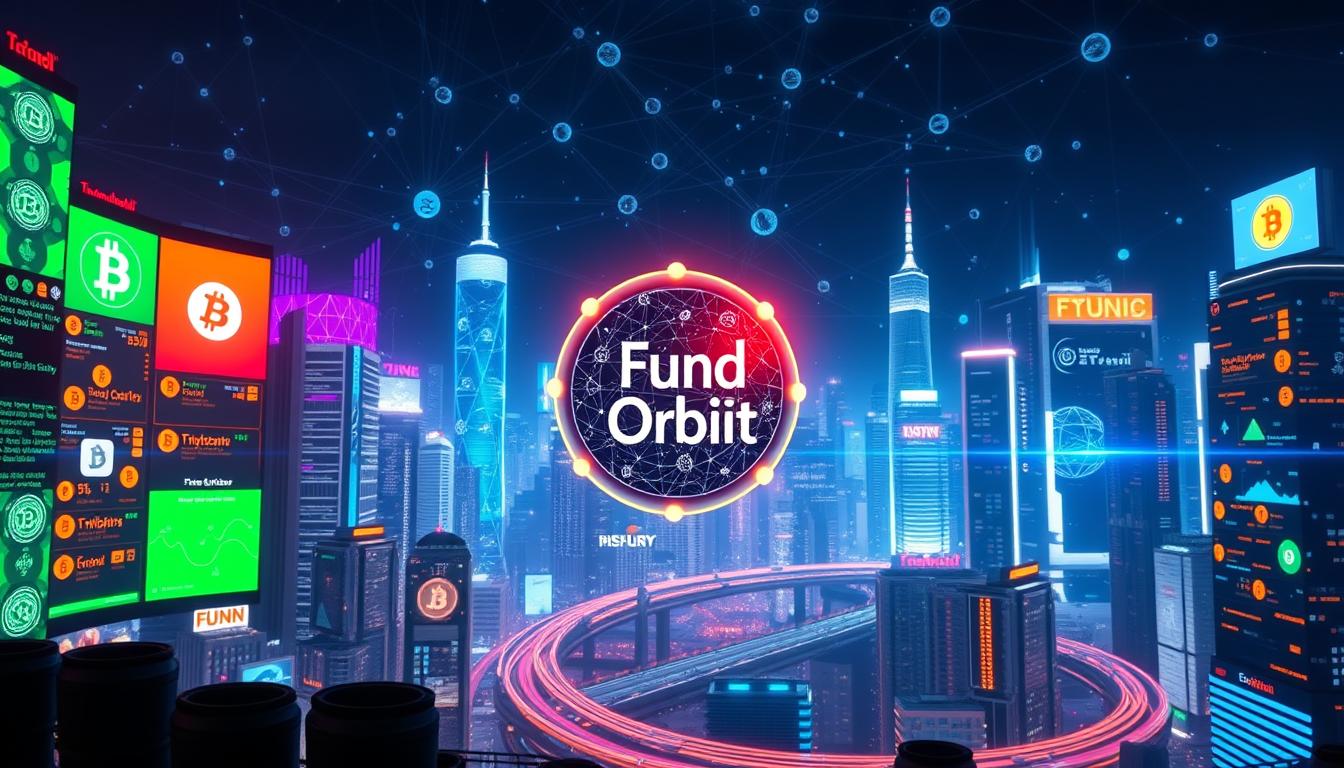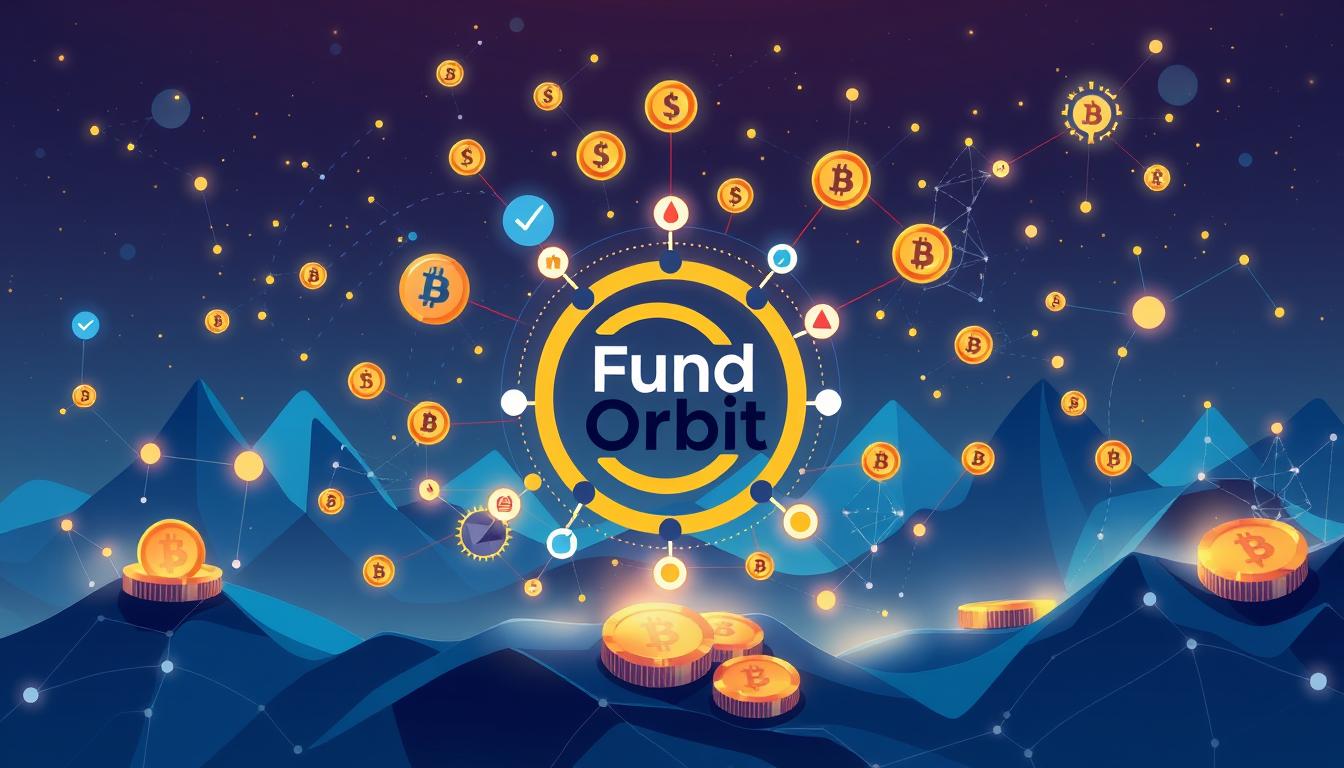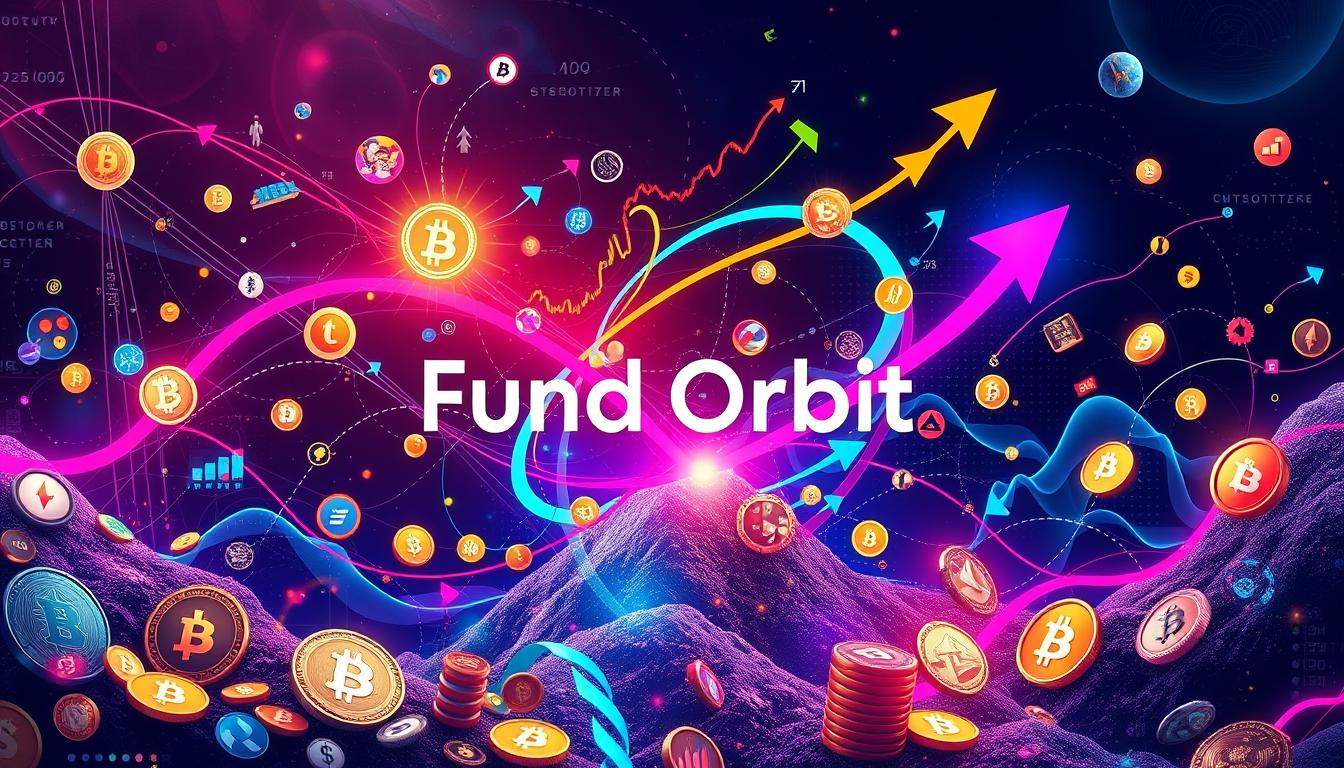I’m excited to dive into the world of decentralized finance (DeFi). It’s changing the way we think about money. DeFi offers financial services without the need for banks or middlemen. It uses blockchain and smart contracts to let people lend, borrow, trade, and earn in new ways.
The trends in DeFi are changing fast. It’s important to keep up with the latest news. DeFi is getting a lot of attention because it could change the financial world. I’ll talk about DeFi’s current state, trends, and what the future holds for it and the crypto market.
Key Takeaways
- DeFi operates without traditional intermediaries, such as banks and financial institutions.
- Individuals can access DeFi services with an internet connection and a compatible wallet.
- Ethereum is the most widely used platform for DeFi applications.
- DeFi has democratized access to financial services, making them available to more people.
- The future of decentralized finance (DeFi) will be shaped by new tech and rules.
- DeFi trends in the crypto market will keep evolving, focusing on safety, growth, and user experience.
- The rise of Bitcoin DeFi could bring big changes to the financial world, opening up new opportunities.
Introduction to Decentralized Finance (DeFi)
Decentralized finance, or DeFi, uses blockchain to make finance more open and accessible. It lets people do financial things without needing banks or other middlemen. This change could make finance more inclusive and cut down on costs.
Many people are now interested in DeFi. Thousands of learners are signing up for courses about it. This interest is likely to grow, with DeFi innovations and its effects on the crypto market being key topics.
Definition and Key Concepts
DeFi relies on blockchain for secure, clear, and unchangeable transactions. Smart contracts are also key, automating financial tasks.
Historical Context of DeFi
DeFi has been around for years but has really taken off recently. The growth of cryptocurrencies and blockchain has made DeFi a big focus for many.
Importance in the Cryptocurrency Market
DeFi is very important in the crypto market. It offers new ways to do things like lending, borrowing, and trading. Experts think DeFi could change how we see finance forever.
Current State of the DeFi Ecosystem
The DeFi world has grown a lot in recent years. New platforms and protocols keep popping up. By 2033, the DeFi market is expected to hit $616.1 billion, up from $21.3 billion in 2023. This growth is fueled by more people using decentralized finance adoption and DeFi growth in cryptocurrency industry.
Popular DeFi platforms like Aave, Uniswap, and Chainlink are getting a lot of attention. They handle millions of dollars in cryptocurrency every day. Users love decentralized exchanges, a big part of the DeFi world.
Regulations around DeFi are changing, with more rules on identity checks, taxes, and oversight. But, the DeFi world keeps growing. New ideas and projects keep coming up.
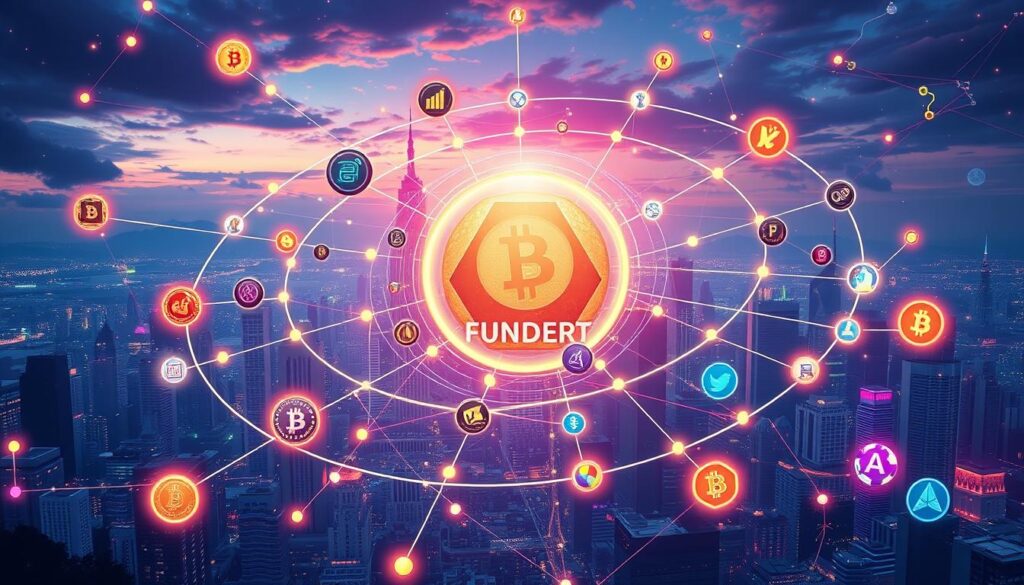
- Only about 1% of money is in cryptocurrency and DeFi.
- DeFi platforms hold around $52 billion securely.
- Blockchain spending is set to hit nearly $19 billion by 2024, then over $65 billion by 2026.
The DeFi world is growing fast, with more people joining and rules changing. As it gets better, we’ll see even more new things. This will help decentralized finance adoption and DeFi growth in cryptocurrency industry keep going.
| DeFi Platform | Market Capitalization |
|---|---|
| Ethereum | $800 billion |
| Chainlink | $11.34 billion |
| Uniswap | $11,630.61 million (7-day trading volume) |
Key Technologies Driving DeFi
Decentralized finance is growing fast, and knowing the key technologies is key. The outlook for DeFi investments looks bright, with big growth expected in the future.
Blockchain is at the heart of DeFi, making a secure and open ledger. It has led to many DeFi apps, like lending sites, stablecoins, and exchanges.
Smart Contracts and Protocols
Smart contracts are like digital contracts that run on their own. They are key to DeFi, making financial processes automatic. Protocols and how they work together are also vital for DeFi, making it easy to use different blockchain networks.
DeFi offers many benefits, including:
- Increased efficiency and transparency
- Lower transaction fees
- Improved security and immutability

As DeFi grows, staying up-to-date is important. Knowing the key technologies helps investors and users make smart choices. This way, they can confidently explore this new market.
| Technology | Description |
|---|---|
| Blockchain | A decentralized, distributed ledger technology |
| Smart Contracts | Self-executing contracts with terms written in code |
| Protocols | Enabling seamless interactions between blockchain networks |
Challenges Facing DeFi
The DeFi market is growing fast, but it faces many challenges. Security issues and hacks have caused big losses. In 2021, over $10 billion was lost to DeFi scams, showing the need for better security.
Regulatory scrutiny is another big challenge. Without clear rules, there are worries about DeFi’s stability and legitimacy. The IRS might miss out on $50 billion a year in crypto taxes because of tracking problems. This highlights the need for a balance between innovation and safety.
Some of the key challenges facing DeFi include:
- Security issues and hacks
- Regulatory scrutiny
- User adoption barriers

Despite these hurdles, DeFi is expected to keep growing. As the market evolves, we’ll likely see better security, clearer rules, and more users.
| Challenge | Description |
|---|---|
| Security issues and hacks | Result in significant financial losses |
| Regulatory scrutiny | Lack of clear regulations and oversight |
| User adoption barriers | Need for more user-friendly interfaces and education |
The Impact of Decentralized Exchanges (DEX)
Decentralized exchanges (DEX) are big in the DeFi world. They offer a new way to trade without relying on traditional exchanges. This shift is key to DeFi’s future, allowing users to trade safely and without trust issues.
Platforms like Uniswap and SushiSwap have seen huge growth. They charge high fees to prevent unfair trading practices. This makes them more reliable than traditional exchanges.
The benefits of DEXs include:
- Decentralized and trustless trading
- Lower barriers to entry for financial services
- Increased transparency and trustworthiness in transactions
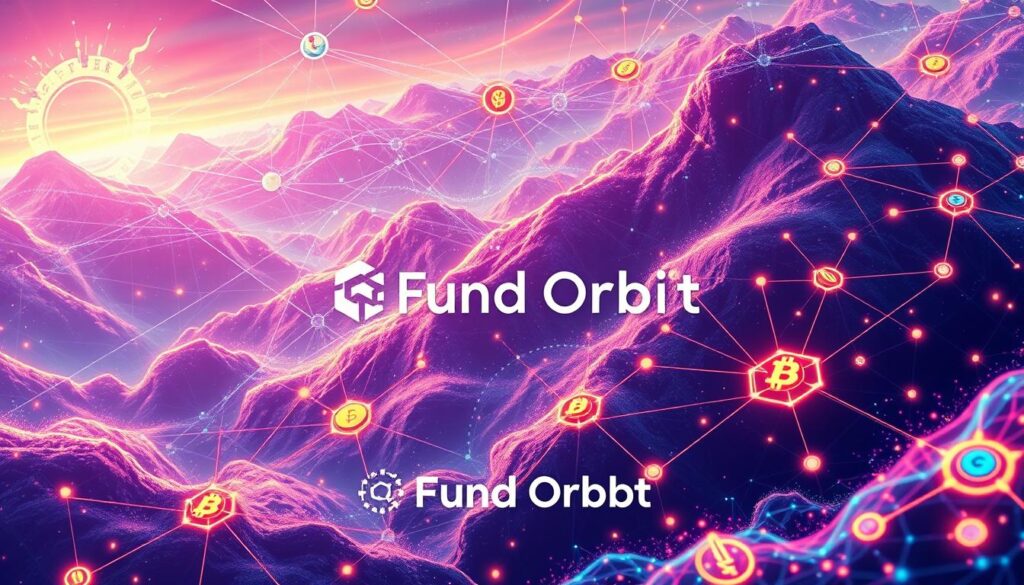
DEXs have also sparked new ideas in DeFi, like liquidity mining. These ideas attract many investors. As DeFi grows, DEXs will play a big role in its future.
| DEX Platform | Trading Volume | Total Liquidity |
|---|---|---|
| Uniswap | $1 billion | $10 billion |
| SushiSwap | $500 million | $5 billion |
The Role of Stablecoins in DeFi
Stablecoins are key in DeFi, helping to reduce risks from price swings. They act as a stable value and exchange medium. Their value stays steady, tied to a fiat currency.
There are various stablecoins, like fiat-collateralized, crypto-collateralized, and algorithmic ones. Fiat-collateralized stablecoins, like Tether (USDT) and USD Coin (USDC), are backed 1:1 by fiat currency. Crypto-collateralized stablecoins, like DAI, use other digital assets. Algorithmic stablecoins, such as Ampleforth (AMPL), adjust their supply based on demand.
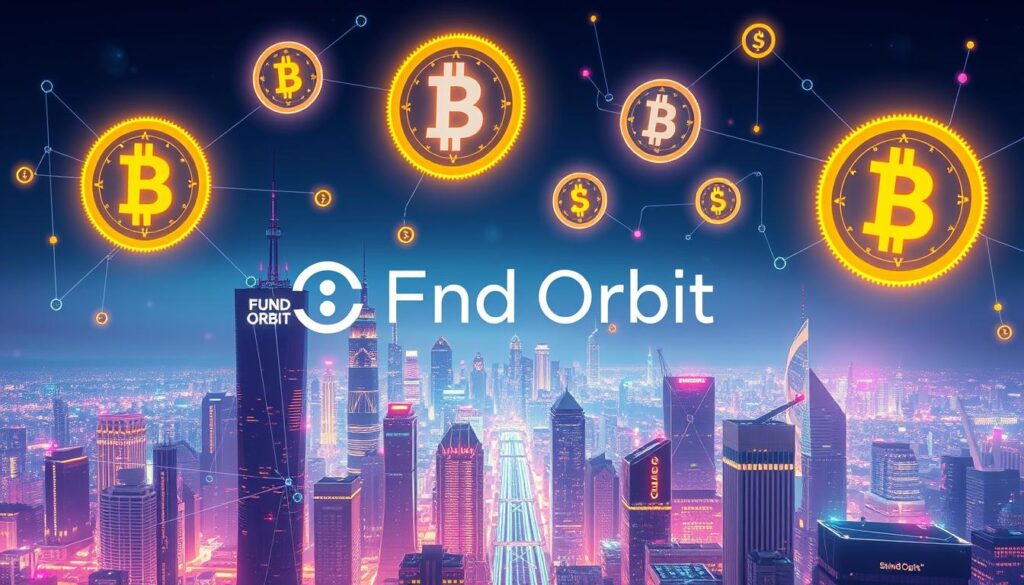
The DeFi impact on the crypto market is big. Stablecoins make trading, lending, and borrowing easier. They offer stability in DeFi, helping users manage crypto volatility. As DeFi grows, stablecoins will play an even bigger role, pushing decentralized finance trends in cryptocurrency market forward.
DeFi Lending and Borrowing Practices
DeFi lending and borrowing are becoming more popular. They offer a decentralized option compared to traditional methods. This growth is part of the DeFi growth in the cryptocurrency industry. It lets users get credit and earn interest on their cryptocurrencies.
The decentralized finance opportunities from DeFi lending platforms have made finance more accessible. They have also lowered transaction costs.
Some key statistics about DeFi lending include:
- The DeFi lending market’s total value locked (TVL) reached approximately $44 billion by October 2023.
- Over 80% of DeFi lending platforms use overcollateralization to manage risks.
- Interest rates on DeFi loans vary a lot. Some platforms offer rates as low as 1%, while others go over 20% based on market conditions.
The DeFi lending market is expected to keep growing. This growth is driven by the increasing demand for decentralized finance opportunities. As the market expands, we will likely see new innovations and better risk management strategies.
| Platform | Total Value Locked (TVL) |
|---|---|
| Aave | $2.82 billion |
| Maker | $4.25 billion |
| Compound | $2.64 billion |
Insurance Protocols in the DeFi Space
The DeFi market is growing fast, and insurance protocols are key. They protect users from different risks. Many investors see DeFi as a great opportunity, but there are risks too. Insurance is essential in this space.
Blockchain technology makes insurance in DeFi more transparent. All transactions are recorded on the blockchain, making them easy to check. This transparency, along with lower costs and quicker claims, attracts many users. A survey found that 60% of DeFi insurance users like the lower costs.
Top DeFi insurance protocols include VouchForMe and Nexus Mutual. They offer various coverages, like smart contract and lending insurance. The future of DeFi risk management looks bright. We can expect more advanced tools and protocols as the market grows.
DeFi insurance has many benefits:
- Lower premiums than traditional insurance
- Quicker claims processing
- More transparency with blockchain
In summary, insurance protocols are vital in DeFi. They protect users and improve the investment outlook and market analysis.
The Emerging Role of NFTs in DeFi
NFTs are changing how we think about digital assets. They let us create, buy, and sell unique digital items. This has sparked a lot of interest, with some digital art selling for millions.
NFTs can be used as collateral in lending platforms. This helps solve liquidity problems. It also lets NFT owners earn from streaming and resale, opening up new income streams.
Some key trends in the NFT market include:
- NFT sales reached about $25 billion in 2021
- The gaming and collectibles NFT market is expected to grow, making up over 20% of the NFT market by 2025
- Decentralized exchanges (DEXs) for NFTs have seen huge growth, with some platforms reporting a 300% increase in transactions this year
The future of DeFi is closely linked to NFTs. As DeFi trends grow, we’ll see more NFTs in DeFi platforms and apps.
| NFT Market Trend | 2021 | 2022 | 2025 (Projected) |
|---|---|---|---|
| NFT Sales | $25 billion | $50 billion | $100 billion |
| NFT Market Share (Gaming Assets and Collectibles) | 10% | 15% | 20% |
The Future of DeFi: Predictions and Trends
Looking ahead, DeFi innovations will keep changing the crypto market. The DeFi impact has been huge, with over $80 billion in value locked in protocols. Experts think the DeFi market could hit $1 trillion by 2025.
Key trends include more DeFi lending, decentralized exchanges (DEX), and stablecoins. Traditional finance is also getting into DeFi, with 20% of institutions looking to use DeFi solutions.
Yield farming and tokenized real-world assets are big in DeFi. They could bring more people into DeFi. As DeFi grows, we’ll see even more exciting changes.
The future of DeFi is bright, with innovations and market impact expected to grow. It’s important to keep up with the latest trends and developments in DeFi.
Conclusion: The Path Forward for DeFi
Decentralized finance (DeFi) is changing the world of money. It’s growing fast, showing more people are interested in this new way of handling money. This growth means DeFi could change how we think about money worldwide.
Now, DeFi offers many services like lending, borrowing, and trading. These services are available to anyone with an internet connection. This could help billions of people who don’t have access to banks, making money more inclusive.
DeFi is starting to work with traditional banks, creating a new kind of financial system. This system will mix old-school security with new tech. It also lets users help decide how things are run, making it more fair.
But, DeFi faces challenges like not knowing the rules and keeping money safe. Despite these, it’s growing and getting better. It offers cheaper ways to move money across borders and lets people own parts of big things.
I think it’s important for everyone to keep an eye on decentralized finance opportunities and DeFi investment outlook. This exciting field could lead to a future where money is more open, clear, and safe for everyone.
